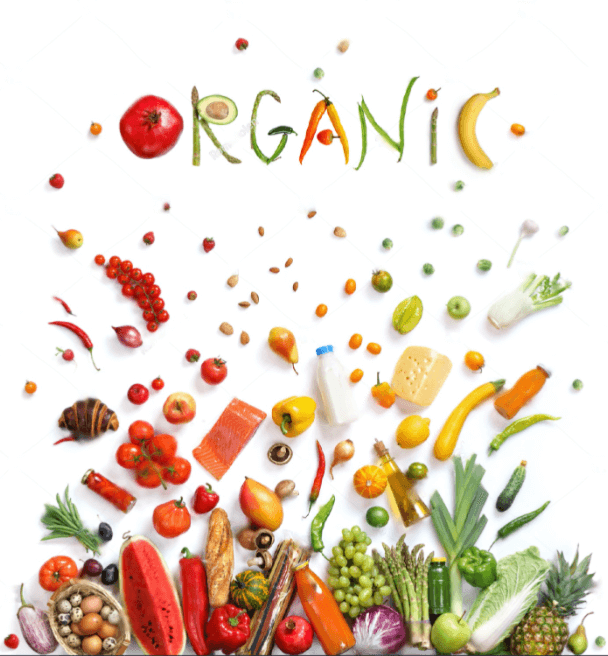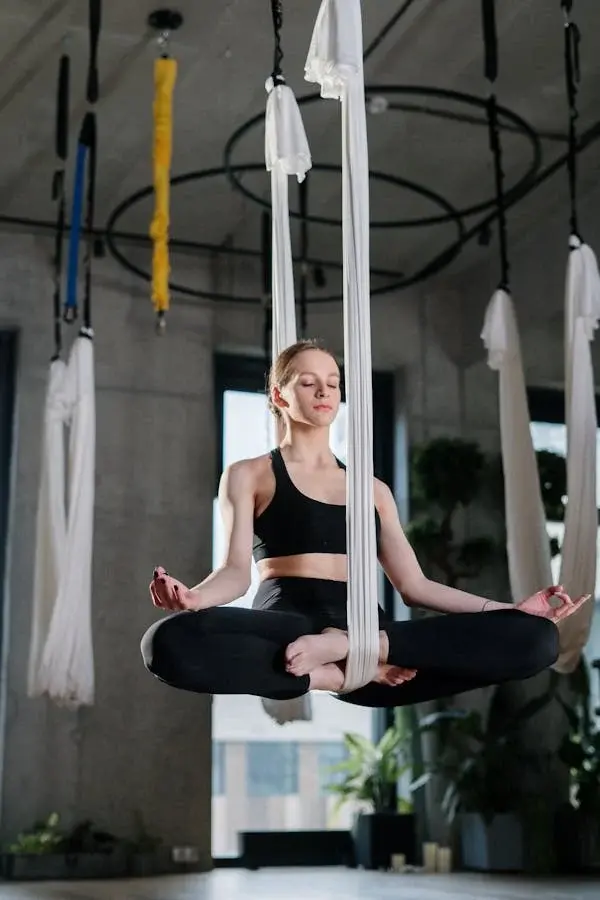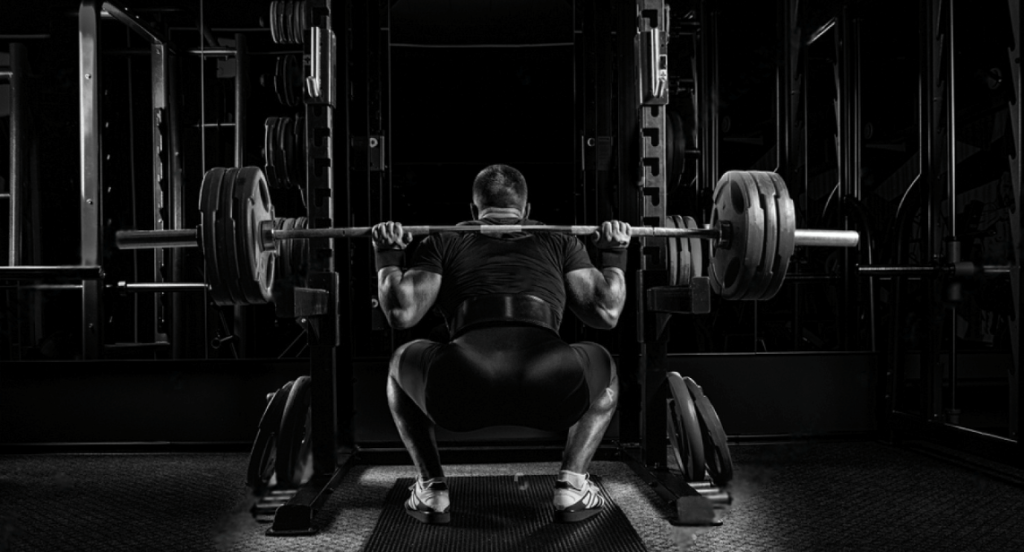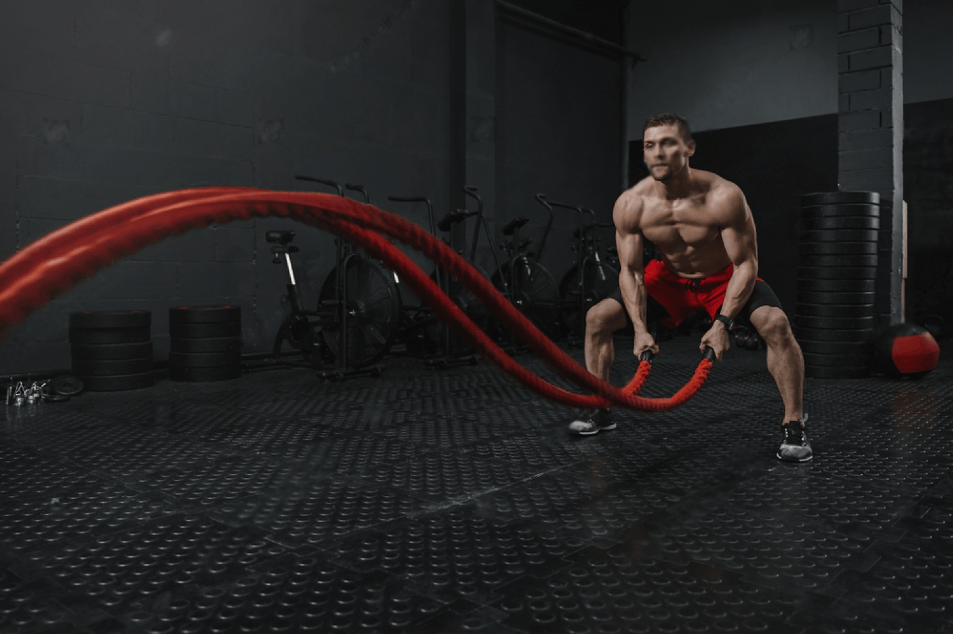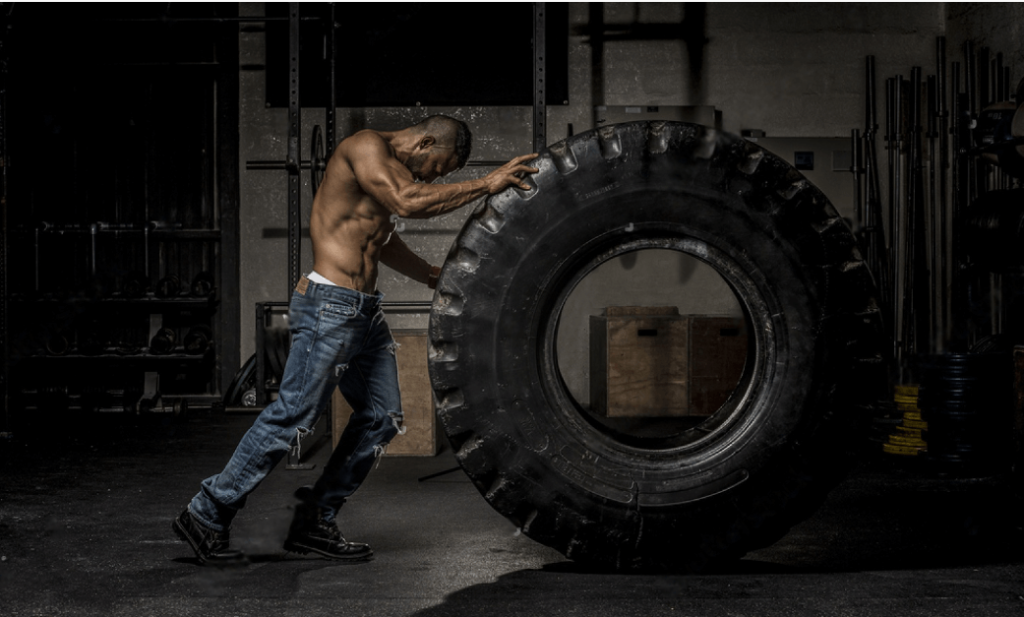5 Ways ‘The Cult of Beauty’ Influences Modern Fashion Trends
Welcome fashion aficionados! Ever marvel at how records are maintained to form our wardrobes? Well, fasten your seatbelts as we dive into the charming international of “The Cult of Beauty” and its plain impact on today’s style scene. Born within the lush, creativity-rich technology of the Victorian length, this inventive motion prized splendor chiefly, weaving its principles via the tapestry of time to depart a long-lasting impression on contemporary fashion. Get prepared to explore how antique aesthetics from the nineteenth century are nevertheless pulsating through the tendencies of taking walks on our streets and runways today!
The Origin and Philosophy of “The Cult of Beauty”

The Cult of Beauty Image courtesy: Unsplash
The “Cult of Beauty” became greater than only a style of fashion throughout the Victorian generation; it became an entire aesthetic movement that pursued splendor in everything of lifestyles. Its roots intertwined with Victorian luxury and societal opulence, where art, literature, and structure were all orchestrated toward celebrating and fostering an environment enriched with splendor and artistic concepts. The motion aimed to elevate aestheticism above the mundane, and in its essence, it heralded the idea that lifestyles have to be filled with beauty and artwork for no other cause but for pleasure and emotional upliftment.
Historical Context of the Victorian Era
Imagine entering into a time in which flourishing arts and a blossoming commercial revolution met with complex moral values and social norms. This is where the Victorian era carved its area of interest in history. During Queen Victoria’s reign from 1837 to 1901, Britain saw remarkable growth in generation and societal changes. The length emphasized civil decorum, strict social codes, and an unyielding morality all entwined with a burgeoning commercial landscape that modified how human beings lived and worked. This wealthy historic tapestry furnished the suitable foundation for “The Cult of Beauty”, which emerged as a counter-motion to the commercial generation’s frequently stark utilitarianism, providing rather an international swathed in beauty and artistic beauty.
Principles and Beliefs of the Movement
The center standards of “The Cult of Beauty” centered on artwork for art’s sake. Proponents of the movement believed that aesthetic value ought to not be subordinate to ethical or educational topics. This philosophy manifested in numerous key ideals:
- Beauty is paramount: Every visible aspect of lifestyles, whether or not or not it’s fashion, furniture, or high-quality art, must be aesthetically alluring.
- Artistic freedom: Artists, designers, and craftsmen have been endorsed to explore their creativity without the limitations of conventional ethical or social messages.
- Integration of arts: The motion fostered an interdisciplinary technique, bringing together diverse forms of art to create harmonious aesthetic surroundings.
These thoughts fundamentally shifted Victorian society’s technique to art and way of life, putting the level for innovative ways to interpret splendor within the normal.
Influence on Modern Fashion Trends
 Image courtesy: Unsplash
Image courtesy: Unsplash
The aesthetic standards of “The Cult of Beauty” have now not just lingered; they have boldly colored the palette of modern-day style, influencing cutting-edge designs, textures, and ideologies. Today’s style enterprise, with its wealthy variety and formidable expressions, reveals a noteworthy predecessor of this Victorian aestheticism.
The Revival of Intricate Patterns and Designs
Today’s fashion scene witnesses a pleasing resurgence of elaborate patterns and ornate detailing harking back to Victorian sophistication. Modern designers frequently draw concepts from:
- Floral motifs and patterns echo the luxurious gardens of Victorian estates.
- Luxurious brocades and decorated embroideries that hark returned to the era’s richly embellished interiors.
- Lacework gives a nod to the delicate but problematic styles popularised at some stage in the Victorian length.
This revival is not simply about replicating past styles but reinterpreting them with contemporary aptitude, making old-international allure reachable and appealing to the modern customer.
Embracing Rich Colors and Textures
Rich, deep colors—assume plush burgundies, deep greens, and colorful blues—are creating a giant comeback in the modern fashion landscape, just like they dominated at some point in the Victorian period. The “Cult of Beauty” celebrated opulence now not simply in shape but in color, ushering in an era wherein these saturated colors have been visible as a trademark of sophistication and aesthetic enchantment. Modern style has embraced these colors wholeheartedly, the usage of them to convey luxury and an ambitious aesthetic stance. Textures which include velvet and silk, which have been staples of the Victorian aesthetic, are actually in trend, offering sensory pleasure and visible intensity to clothes that echo the luxuriance of the past.
Incorporating Luxurious Fabrics
The surge in recognition of luxurious fabrics in cutting-edge fashion channels the Victorian era’s hallmark for high-stop materials. Silk, velvet, and high-quality lace, which as soon as graced the wardrobes of the elite in the 19th century, are nowadays integral factors of both haute couture and excessive-avenue fashion. These materials aren’t merely selected for their aesthetic qualities but for his or her capacity to impart a sense of decadence and luxury, principles deeply embedded in “The Cult of Beauty.” This desire displays not just a continuation but an evolution of the Victorian ethos, tailored to the dynamics of contemporary style where the past enriches the existing.
In sum, “The Cult of Beauty” continues to weave its philosophy via cutting-edge fashion traits, proving that the appeal of aestheticism is timeless. This journey from Victorian ethos to modern trend underscores a widespread truth—the pursuit of splendor remains steady, transcending centuries and fashion epochs.
The Aesthetics of “The Cult of Beauty” in Contemporary Styles
The charming aesthetics of “The Cult of Beauty,” a motion that celebrated art and beauty in Victorian England, has located its manner into a lot of elements of present-day fashion. From high fashion runways to everyday street fashion, the romantic and ornate factors characteristic of this influential length are being reinterpreted and adapted, mixing historic allure with modern-day trends.
Runway Looks Inspired by the Movement
The effect of “The Cult of Beauty” on high-style runways is not anything quick or astonishing. Renowned designers were integrating the lavishly adorned fabric, elaborate lacework, and lush floral prints of the Victorian era into their collections, developing a beautiful visual homage to this artistic motion. These modern creations often feature high necklines, voluminous skirts, and a choice for rich, tactile materials including velvet and silk, which echo the Victorian emphasis on sophistication and element. Moreover, the layering of textures and using sumptuous colorings ranging from deep rubies to smooth pastels are reflective of the technology’s aesthetic, bringing a detail of sensuality and richness to contemporary fashion.
Celebrity Fashion Influenced by “The Cult of Beauty”
Celebrities have regularly been the torchbearers for reviving and popularizing historical fashion traits, and “The Cult of Beauty” isn’t any exception. A-listing stars like Zendaya, Florence Welch, and Timothée Chalamet have been noticed adorning clothing that resonates with Victorian flair—assume corset tops paired with present-day trousers or lush, voluminous robes that hark lower back to the 19th century’s regal silhouettes. These public figures harness their significant impact by way of imparting antique-world attraction in a new light, regularly taking walks in the crimson carpets in ensembles that fantastically fuse historic aesthetics with modern fashion.
High Street and Ready-to-Wear Adaptations
The trickle-down effect of “The Cult of Beauty” into greater available fashion is evident throughout high-road brands and geared up-to-put on lines. These brands have adeptly translated the luxurious and ornate forms of the Victorian generation into pieces that blend seamlessly with the casual, modern cloth cabinet. Elements along with:
- Lace trims on blouses and dresses
- Floral and brocade fabrics in skirts and jackets
- Puffed sleeves and ruffled necklines
These are staples that add a touch of beauty and historic charm to normal outfits. This method allows the regular purchaser to take part in a fashion that is rooted in a rich aesthetic record, making it flexible yet remarkably extraordinary.
Reinterpreting Victorian Aesthetics for the Modern Consumer
 Image courtesy: Unsplash
Image courtesy: Unsplash
The resurgence of Victorian-stimulated fashion highlights a nostalgic yet modern approach to modern-day fashion. Designers and types are keen on tapping into the beyond, but they are also challenged to refresh those classical elements to enchantment to the modern purchaser.
How Designers Incorporate Vintage Elements
Incorporating vintage elements into present-day designs is an art form that calls for a sensitive balance. Designers might start with material choices, opting for lace, velvet, or silk that communicate to the Victorian preference for lush, tactile textures. Embroidery and gildings are used sparingly but meaningfully to create focal points that catch the eye. Structural elements like corsets are reimagined for consolation and capability, regularly mixed into greater comfortable silhouettes that align with today’s fashion sensibilities. For example, a corset-style bodice is probably paired with a flowing skirt, combining structure with softness in an unmarried garment. This thoughtfully considered integration of old and new factors guarantees that every piece is both a tribute to the beyond and a party of modern-day innovation.
Balancing Historical Inspiration with Contemporary Demands
Crafting a collection that resonates with historic aesthetics and modern-day expectancies is a thrilling task for any fashion designer. On one hand, there may be a push to live real to the proper styles and ornamentations of the Victorian length; on the opposite, there’s a need to adapt those designs to fit modern-day existence, which name for extra mobility and simplicity.
To obtain this stability, designers regularly attention to streaming Victorian characteristics without compromising the modern attraction. For example, even as a conventional Victorian gown may offer problematic layering and structure, its contemporary counterpart would possibly simplify these factors, supplying decreased quantity and lighter substances for ease of motion. Similarly, shade palettes are frequently expanded past the standard Victorian colors to include brighter, more diverse options, attractive to contemporary tastes. Moreover, the integration of technology in cloth development allows for traditionally stimulated clothes that may hold their aesthetic attraction at the same time as offering contemporary capability, consisting of breathability and sturdiness.
The careful reinterpretation of Victorian aesthetics to fulfill modern demands not simplest preserves the wealthy records of style but also enriches the prevailing-day fashion panorama, making “The Cult of Beauty” a long-lasting supply of suggestions for each designer and client. This mixing of the old and the brand new is a testament to the undying influence of ancient fashion, constantly evolving to meet the ever-changing tastes of the global market.
Conclusion: “The Cult of Beauty” as a Timeless Influence on Fashion Trends
The enduring attraction of “The Cult of Beauty” is truly amazing, as it continues to shape present-day fashion trends with its emphasis on artistry and aesthetic perfection. From great fabric selections to tricky designs, the principles of this Victorian aesthetic motion stay deeply embedded inside the style industry. Designers today usually draw on the birthday celebration of beauty, incorporating lush textures, elaborate patterns, and harmonious coloration schemes that mirror the opulence and strong point function of the generation.
- Fabric Choices: Luxurious velvets, sumptuous silks, and intricate lace
- Design Elements: Floral motifs, ornate details, and elegant draperies
- Color Palettes: Rich, soothing colors blended with vibrant hues
This ongoing interaction between past and gift in the fashion global no longer simplest honors the inventive achievements of yesteryear however also pushes modern-day designers to explore new territories in style, ensuring that the essence of “The Cult of Beauty” will hold to inspire and resonate inside the fashion network for future years. Engaging with ancient aesthetics enriches the narrative and depth of present-day designs, providing a lush backdrop against which current creativity can flourish. Let’s keep our eyes peeled for a way future traits will further interpret this captivating artistic dialogue!

 Image courtesy:
Image courtesy:  Image courtesy:
Image courtesy:  Image courtesy:
Image courtesy: 

